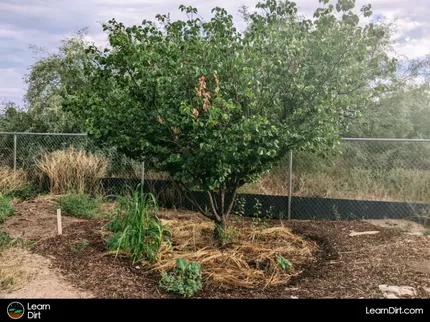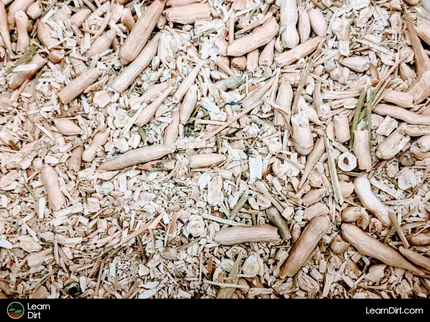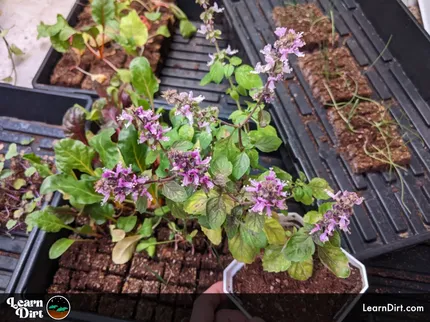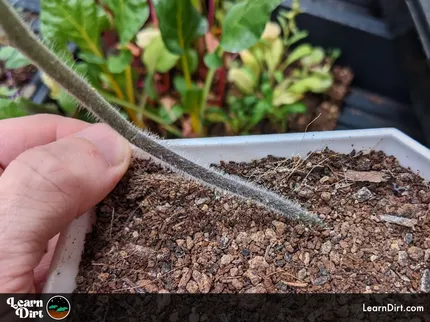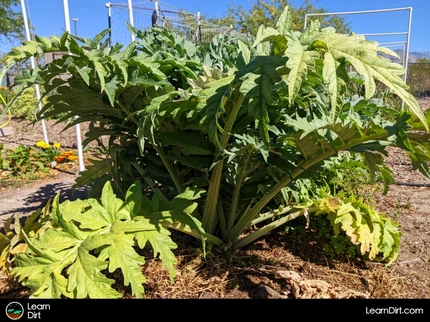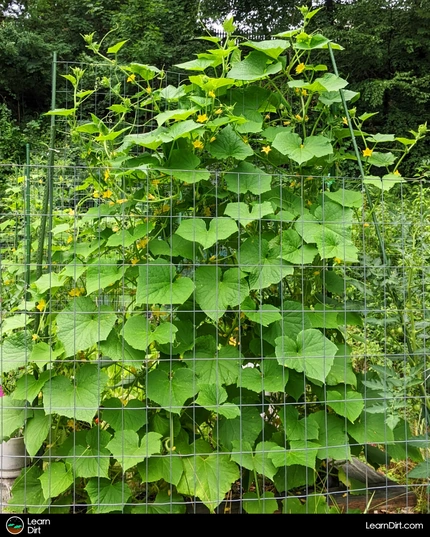Table of Contents
- Are Grow Bags Reusable?
- How to Wash Fabric Grow Bags & Pots
- Descaling Fabric Grow Bags
- How to Sterilize Grow Bags
- How to Dry Grow Bags After Washing
* Our articles never contain AI-generated slop *
Here we're looking at how to clean grow bags between uses.
There are a few different methods for cleaning, descaling, & sterilizing your grow bags, fabric pots, and grow beds to get them safe and ready for another season. Choose whichever methods below work best for you and suit your needs and available supplies.
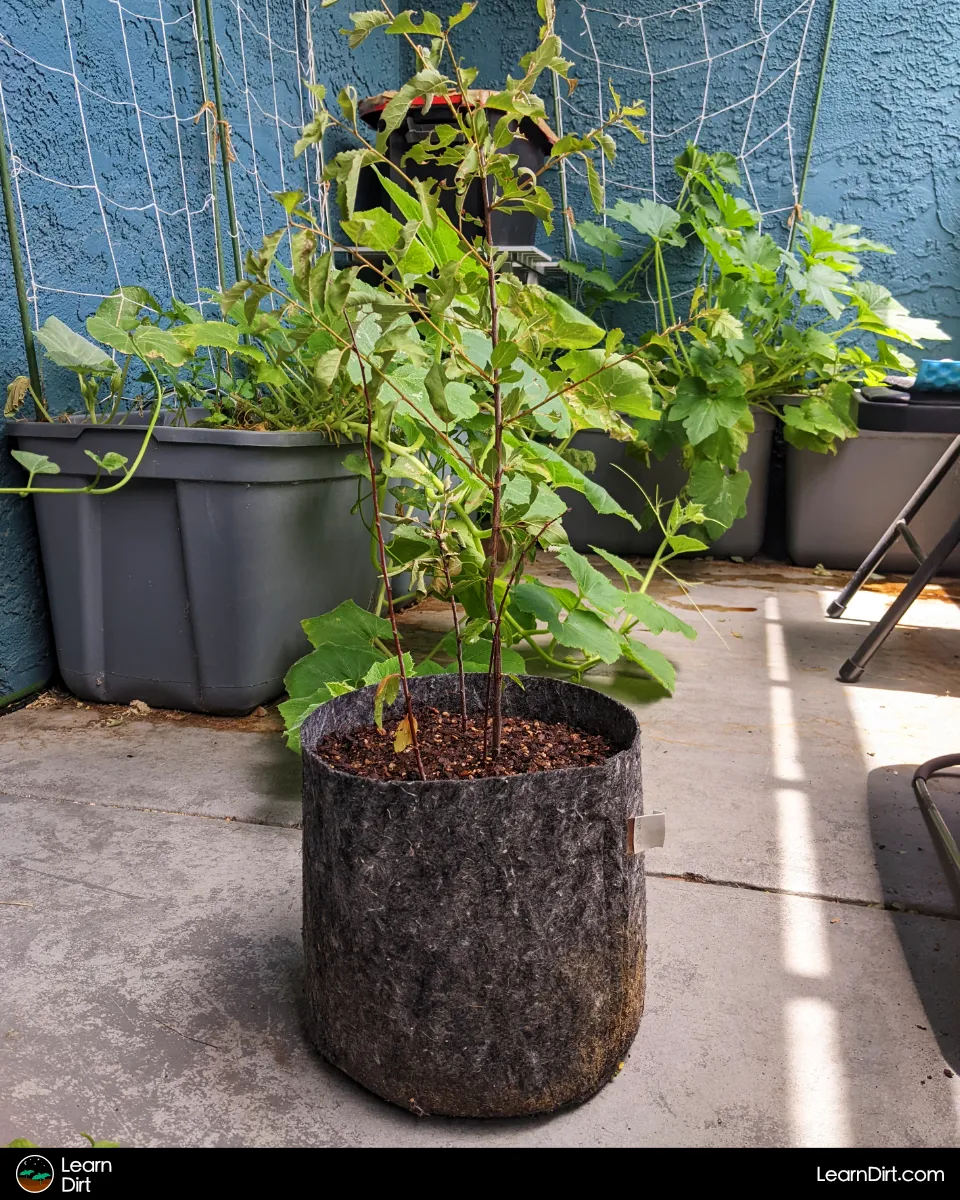
but they can become pretty calcified after a few seasons. This one is a 3-gallon with a small apricot tree growing in it.
I suggest shaking out your grow bags, and then washing as much dirt off as possible with a hose or pressure washer. Follow this up with a soap and warm water soak / agitation, then a vinegar descale, before finishing with a sterilization method below
Disclaimer: This post may contain affiliate links. Refer to the privacy policy for more information.
Are Grow Bags Reusable?
While grow bags can disintegrate over time, you should be able to get quite a few yars out of them (depending on what they're made from)
Fabric grow bags tend to fall apart faster than the woven nylon ones, and their prices typically reflect tho longevity of the material they're made from.
To reuse your fabric pots and grow bags season after season, just follow the steps below for cleaning them, descaling any mineral buildup, and then sterilizing and drying them.
Reasons to Clean Grow Bags
First it's important to assess whether you actually need to clean your grow bags at all. While many gardeners opt to wash them before the start of each season, it's really only necessary to do so if you've experienced disease or serious pest issues.
While cleaning, descaling, and sterilizing are standard practice in commercial settings, this is less important for home use - especially when the plants grown were healthy. Be sure to consider whether you really need to clean them, or if this task can be skipped in favor of spending your time elsewhere in the garden.
How to Wash Fabric Grow Bags & Pots
If you've decided to clean your grow bags because of disease, pests, or as a precautionary measure, you'll want to pick a cleaning method, then descale your bags, and finally finish with a sterilization method. Choose one of each below:
Join The Grower's Community
Looking for a place to meet growers,
ask questions, share knowledge, be heard,
and feel like you belong? 🌱
Check It Out!
Pressure Washing
A pressure washer is a great way to remove all the stuck-on-dirt and mineral buildup on grow bags. This is the easiest way to clean grow bags if you've got a power washer.
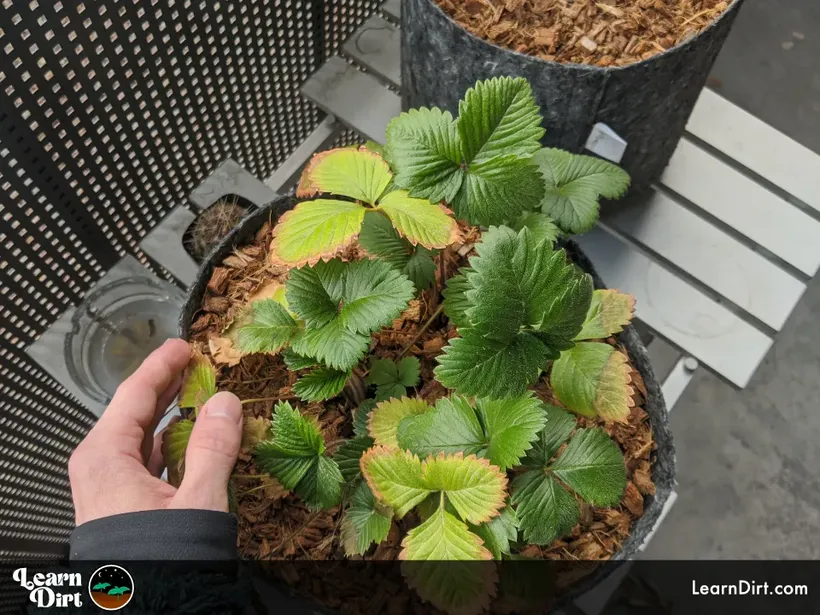
Machine Washing
I do not recommend machine-washing fabric grow bags, but if you do be sure to use a gentle cycle with cold water and baking soda or a very mild detergent.
Machine washing will wear out grow bags faster than hand-washing, so note that this method will not help you get the most life out of your grow bags.
Whatever you do, do not machine-dry! Air dry somewhere with good air circulation so they don't stay wet for too long.
Descaling Fabric Grow Bags
Often, calcium and other minerals will build up on the grow bags. To combat this, you can use a mixture of vinegar, water, and baking soda.
The vinegar will help to clean the bags and remove the mineral buildup. The baking soda will help with funky smells and stains, and fizz up to help loosen caked dirt and minerals.
While vinegar does not kill all germs nor viruses and is not a viable disinfectant on its own, it does kill a large swath of the bacterial and fungal spectrums. Think of vinegar as a great descaler, with some additional antimicrobial properties.
You can use white vinegar 1:1 with water, or you can also use full strength vinegar. Add enough baking soda for a good fizz, and then submerge your fabric pots or grow bags and let them soak for 20-30 minutes in vinegar before washing in plain water.
You can also use this as a spray and apply it to every surface of the bags before washing.
It should be easy to wash mineral buildup off shortly after applying a baking soda / vinegar solution. Continue to apply and rinse until you've eliminated most of the mineral buildup your grow bags may have.
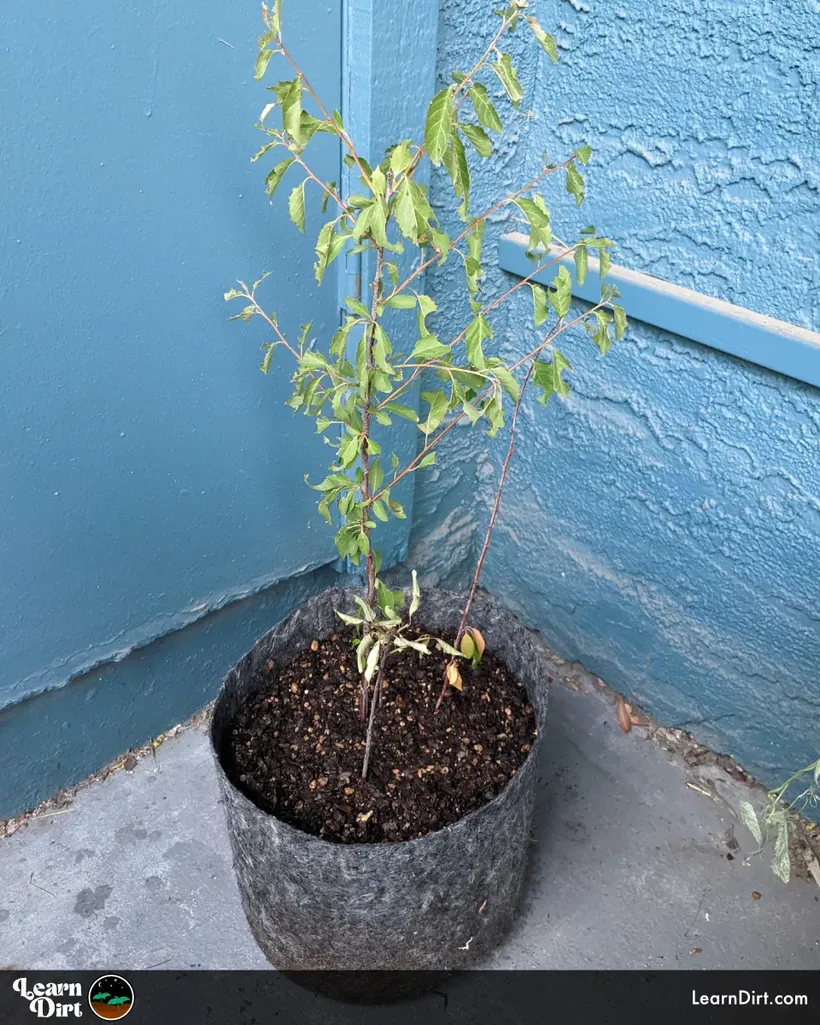
How to Sterilize Grow Bags
If you've had disease or pest issues, or mold on graw bags it's important to sterilize / sanitize them to kill off any lingering bacterial, viral, and fungal remnants which could cause problems with your next grow cycle.
Here are a few good options for doing this:
Bleach
Dilute 2tbsp (tablespoons) bleach per gallon of water. That's about 7.4mL per Liter. Consider wearing clothes you don't mind splashing bleach on. Turn fans on, and open the windows if working inside with bleach - the harsh fumes can be dangerous in confined spaces!
Benefits
- Inexpensive
- You probably already have some under your sink
Downsides
- Will stain your clothes
- Fumes are very harsh, don't forget to open the windows if you do this indoors!
Hydrogen Peroxide
Hydrogen peroxide, aka H2O2, is the go-to for sterilizing grow bags, fabric pots, cell packs, and fabric planters. Every gardener should have a supply of hydrogen peroxide at the ready for sterilizing garden equipment.
Mix 2 parts water to 1 part hydrogen peroxide and use as a soak or a spray on grow bags and fabric pots to sterilize.
Boiling
Don't do this. People sometimes suggest it, but use warm soapy water instead. Boiling water can disintegrate the fibers of the grow bags, especially if they're recycled fabric rather than a more durable woven nylon bag.
Sunlight / UV
While UV from the sun can be very effective in eliminating bacteria and fungi, UV will not eliminate all viruses.
Additionally, it's often difficult to hit every part of a grow bag with direct sunlight. You'll have to turn them inside out and rotate them often to make sure they're hit with an adequate amount of sunlight to kill some microbes.
Because of these difficulties and shortcomings in UV sunlight sterilization, I'd recommend using this as a supplemental sterilization method whose primary purpose could just be drying to bags after washing and sterilizing.
Put the bags out in the sun to dry if you're in a hot sunny climate, and you'll get the added benefit of a bit of UV sterilization along with dry bags.
Dig Cool Merch?
If you're in a cool climate, the sun is likely just not hot enough to have much of any real UV sterilization effect.
How to Dry Grow Bags After Washing
Don't forget to lot your grow bags and fabric pots dry completely before putting them away for the seas, to prevent mold growth.
If you'll be using them for planting right away, you can leave 'em wet and get to planting.
I don't recommended putting grow bags, fabric pots, or fabric grow beds in a dryer for this as you could easily scorch them. Rather, a good air-dry (preferably in the sun) is the go-to move.
Put them upside-down on stakes outside, or clipped to a clothes line, fence, or railing so they get good airflow while they dry.
However you choose to dry them, just make sure that most of the moisture is out of them within the first 12 hours or so, to prevent mold or mildew.
That's all for now, thanks for reading!
If you have any questions, comments, or would like to connect with fellow gardeners, head on over to the forum and post there.


![Don't Till Away Your Carbon [Neon]](/media/product_images/dont-till-away-your-carbon-[neon]_shirt_260x260.png)
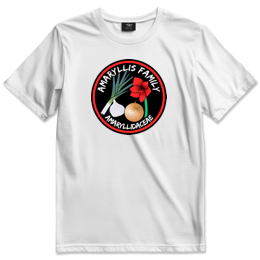
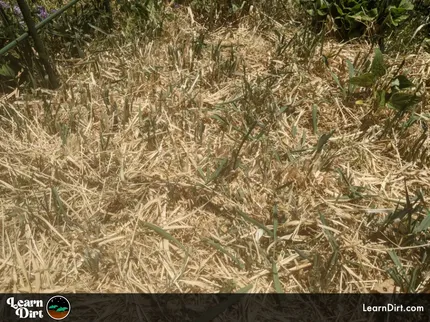





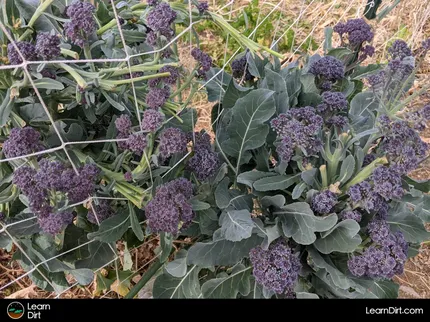
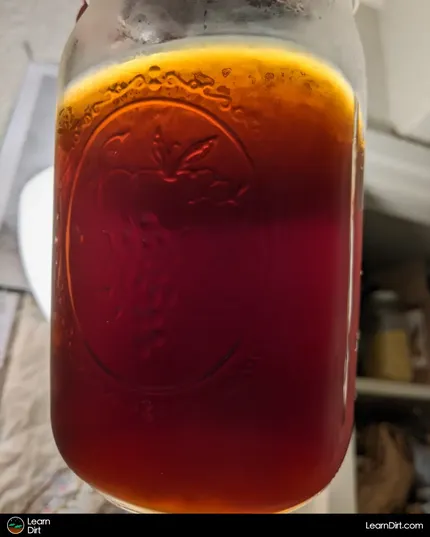
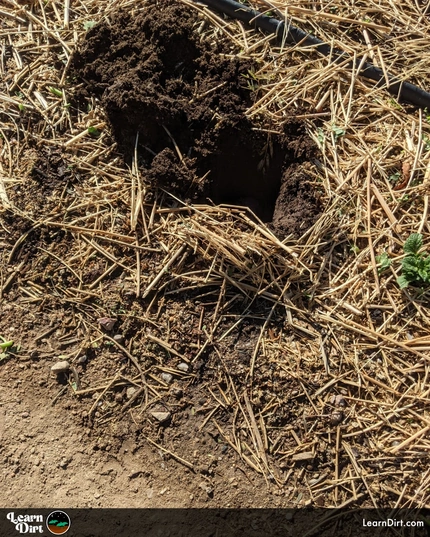
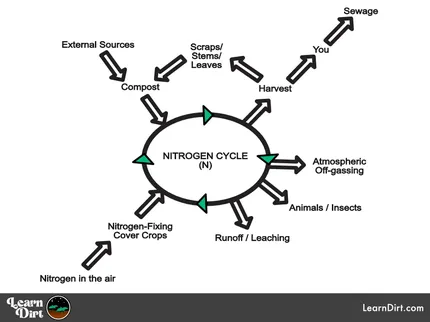
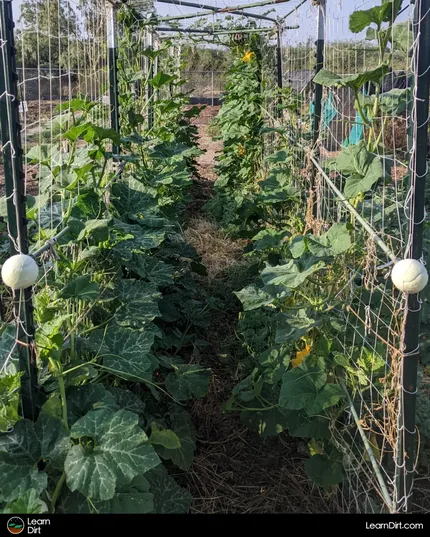

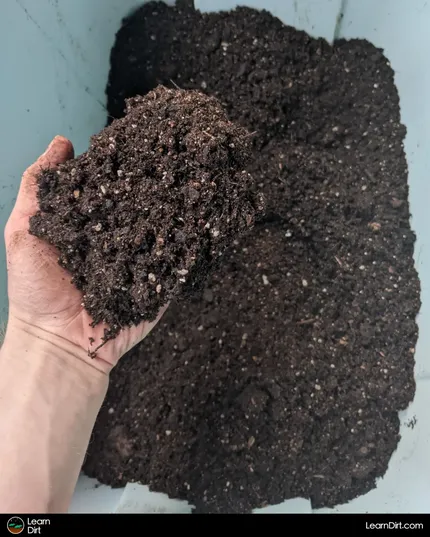
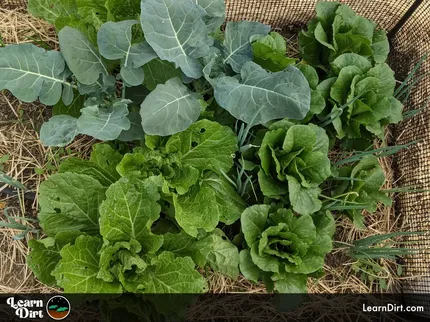
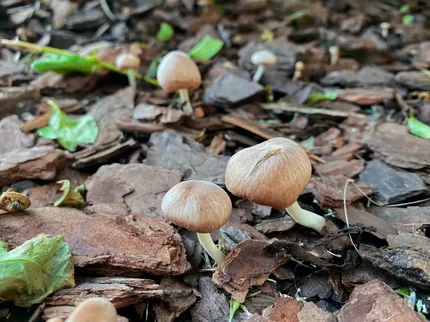


![Don't Till Away Your Carbon [Neon] Sticker](/media/product_images/dont-till-away-your-carbon-[neon]_sticker_260x260.png)
![Black Dirt Live Again [Green] T-shirt](/media/product_images/black-dirt-live-again-[green]_shirt_260x260.png)
